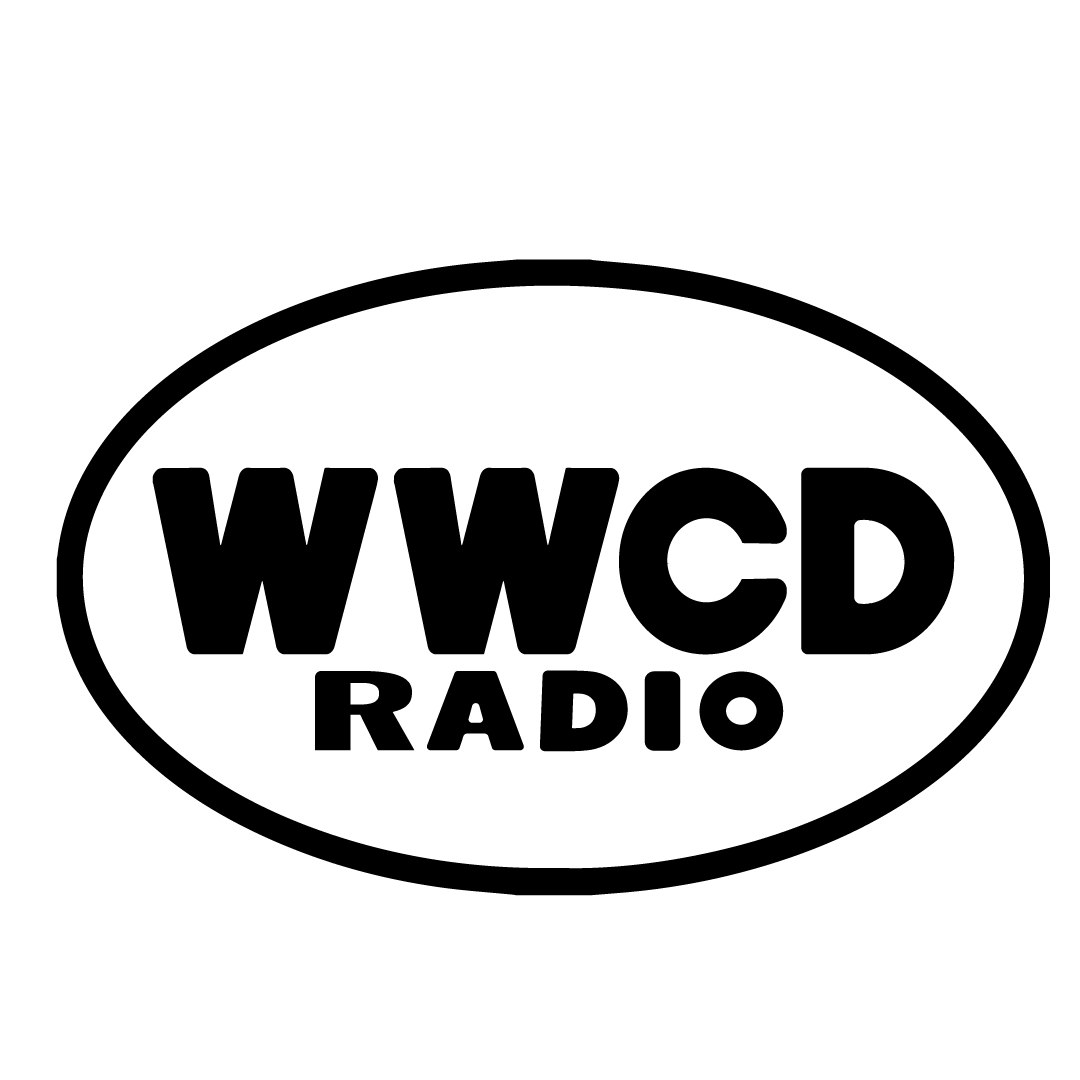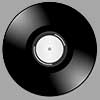Listeners:
Top listeners:
-
play_arrow
Fun Size Trending Topics September 23, 2021. His Name? St. Dangerous Of Course CD929


We all want to keep up with the latest and greatest music news. But sometimes, it’s great to look back on all of the fantastic (and not-so-fantastic) events in music that got us to where we are now.
Not quite sure which category this fits into, but today we’re talking about the history of Barbie’s life in music since today is the official release of Barbie in theaters and of Barbie: The Album.
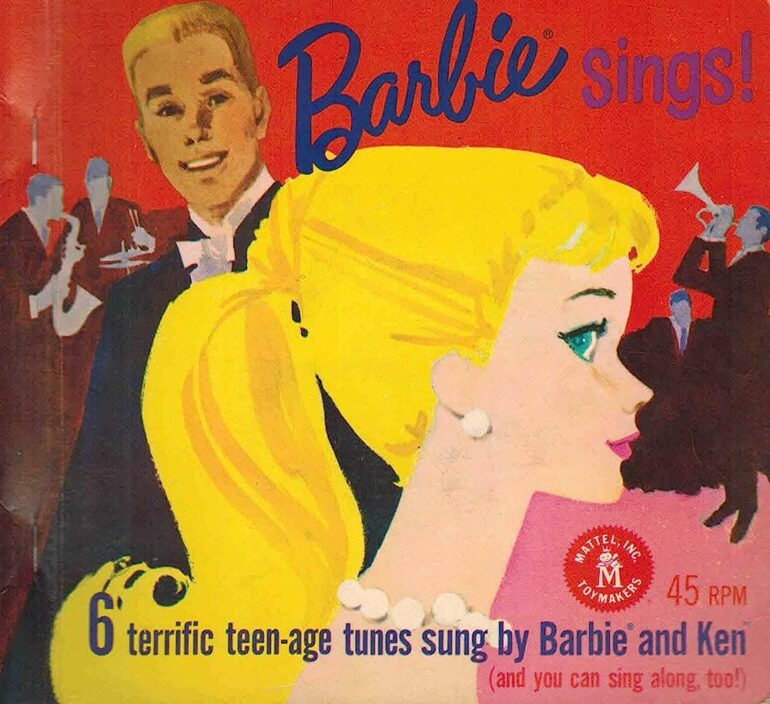 When Barbie was introduced to television audiences in 1959, it was with a song. Jingles promoted new doll releases from then on, singing of Barbie’s hobbies, careers, houses, vehicles, friends and family, and sometimes surprise elements to the traditional Barbie like her sparkly eyes, color-change hair, or a chest that fully opens up to reveal makeup inside. I grew up in the ’90s, the golden era for Barbie jingles. Some of my favorites include “Twirling Ballerina Barbie,” “Dance Moves Barbie,” “Potty Training Kelly,” “Cool Shavin’ Ken,” and “Camp Barbie.” In the film world, all of these songs would be recognized as “non-diegetic.”
When Barbie was introduced to television audiences in 1959, it was with a song. Jingles promoted new doll releases from then on, singing of Barbie’s hobbies, careers, houses, vehicles, friends and family, and sometimes surprise elements to the traditional Barbie like her sparkly eyes, color-change hair, or a chest that fully opens up to reveal makeup inside. I grew up in the ’90s, the golden era for Barbie jingles. Some of my favorites include “Twirling Ballerina Barbie,” “Dance Moves Barbie,” “Potty Training Kelly,” “Cool Shavin’ Ken,” and “Camp Barbie.” In the film world, all of these songs would be recognized as “non-diegetic.”
But Barbie was musically inclined herself as early as 1960, when the now-iconic fashion “Solo in the Spotlight” was released and Barbie became a nightclub singer (well, pretended to be at least). In 1961, Barbie released Barbie Sings (with Ken, of course), a record created to accompany Barbie dolls. 1966 saw Ken get a pop singer fashion that included an early-sixties-Beatles mop-top and a “guitar” (clearly a ukelele). In 1971, Live Action Barbie was released with a microphone and a lineup of friends ready to play Woodstock a couple of years too late. Live Action Barbie also came with a single, “I’m Happy I’m Barbie.” Music-related fashions persisted as pop music became more popular with young girls, culminating in the 1980s when Barbie formed her first and second named bands.
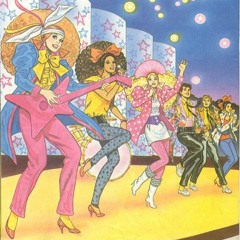
Barbie dolls were originally inspired by Bild Lilli dolls from Germany. Barbie’s first band was also inspired by another doll line. In 1985, Mattel’s competitor, Hasbro created a line of rockstar dolls called “Jem and the Holograms” whose story was told by a TV show that acted as a thinly-veiled ad (as had the previous G.I. Joe and Transformers shows). Not to be outdone, in 1986 Barbie and the Rockers dolls were first released as a glam rock band somewhat similar to Jem and the Holograms. Their adventures playing a concert in space were documented in a 1987 VHS whose sequel was released at the same time and introduced Barbie and the Sensations, a ‘50s group developed by Barbie and the Rockers when they got transported back in time. And you’d better bet Barbie and the Sensations had a line of dolls as well.
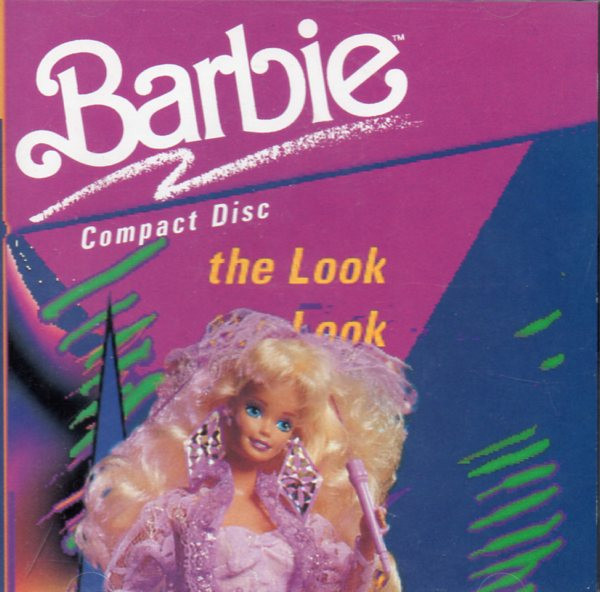 After The Rockers, the sky was the limit. The aforementioned videos and accompanying audio cassettes became staples of childhood for those growing up in the ‘80s and ‘90s. In 1988, a VHS took us to Barbie Dance Club (a sly way to show a few dance moves, play more Barbie-centric songs, and spotlight a ton of Barbie fashions and doll lines). In 1990, Barbie’s The Look came out on cassette and CD. Voiced by Rachel Sweet, The Look sees Barbie sing a strange collection of pop songs from the ‘60s through to the ‘90s (Editor’s note: if that’s your thing by the way, Barbie also released an Italian album in 1985 called Barbie La Mia Discoteca which features “Mickey” adapted to be a song in Italian about Barbie’s sister Skipper, an English cover of “Goonies ‘r’ Good Enough,” and an Italian cover of “Ghostbusters” that will now be making its way onto my Halloween playlist). That same year, two lines of musically-inclined dolls were released, namely Barbie and the Beat (yet another band) and Light and Lace. By themselves, Light and Lace didn’t appear to be a band. But their accessories line included a stage (Editor’s note: looks a lot more like two platforms and a keytar to me) and a “Live Concert” kit complete with instruments.
After The Rockers, the sky was the limit. The aforementioned videos and accompanying audio cassettes became staples of childhood for those growing up in the ‘80s and ‘90s. In 1988, a VHS took us to Barbie Dance Club (a sly way to show a few dance moves, play more Barbie-centric songs, and spotlight a ton of Barbie fashions and doll lines). In 1990, Barbie’s The Look came out on cassette and CD. Voiced by Rachel Sweet, The Look sees Barbie sing a strange collection of pop songs from the ‘60s through to the ‘90s (Editor’s note: if that’s your thing by the way, Barbie also released an Italian album in 1985 called Barbie La Mia Discoteca which features “Mickey” adapted to be a song in Italian about Barbie’s sister Skipper, an English cover of “Goonies ‘r’ Good Enough,” and an Italian cover of “Ghostbusters” that will now be making its way onto my Halloween playlist). That same year, two lines of musically-inclined dolls were released, namely Barbie and the Beat (yet another band) and Light and Lace. By themselves, Light and Lace didn’t appear to be a band. But their accessories line included a stage (Editor’s note: looks a lot more like two platforms and a keytar to me) and a “Live Concert” kit complete with instruments.
In 1992, Barbie found herself split between two fads: workout videos and rap. Barbie had a dance workout video and doll as well as a Rappin’ Rockin’ Barbie doll who came with her own boombox from which rap beats could emanate. Rap music was being villainized during the ‘90s as being inappropriate for children and full of swear words (sometimes, but not always true), so it’s no surprise that Barbie pivoted away from rap and into the hearts of America’s country scene, with three different late-’90s country music dolls. During this time, Dance Moves Barbie also took the stage, completing her hip dancing look with a microphone (so she was probably a dancing pop star). She also tried her hand at working out again, with yet another cassette tape to work out to. Editor’s note: My personal slice of childhood was the “Workin’ Out Barbie” song.
The height of the pop star came in the late ‘90s, and Barbie was there too, with her new band Beyond Pink (who honestly could have played the space station in Zenon: Girl of the 21st Century). Beyond Pink had their own album packaged with them on cassette also, featuring pastiches of late-’90s artists. Barbie continued to be a pop star into the 2000s, even as she worked her way into theater.
Barbie in the Nutcracker kicked off a series of fairly successful computer-animated movies that originally aired on Nickelodeon and were sold on VHS and DVD. Barbie in the Nutcracker obviously relies heavily on the music of the original ballet so Barbie didn’t sing in these films until Barbie as Rapunzel, in which there is a short, repeated musical theme for the movie (Editor’s note: My sister was getting into Barbie around this time and I could have sworn the doll sang, but I’m now realizing it must have been another type of toy in the merchandise that sang if any).
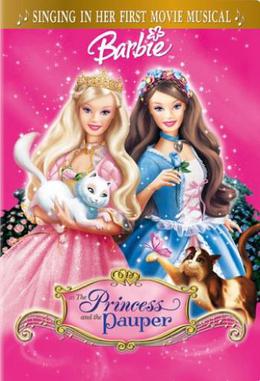 These movies proved to help revitalize the Barbie brand- great news after Mattel had begun to lose the fashion-doll market share to Bratz dolls. And evidently, the song must have been popular as well, since Barbie as the Princess and the Pauper was conceived as a musical a couple of years later. It took eight years after Princess and the Pauper for Barbie to really try her hand at a musical again (she became an actress, how can we blame her?). This time, the film was Barbie: The Princess and the Popstar. I’d love to say that this film somehow combined the traditional elements of the story with 2009’s Hannah Montana: The Movie, but unfortunately, it seems to be just another adaptation of Prince and the Pauper. Several other computer-animated movies and doll lines presented Barbie as a singer or rock star (most recently Barbie: Big City, Big Dreams in 2021).
These movies proved to help revitalize the Barbie brand- great news after Mattel had begun to lose the fashion-doll market share to Bratz dolls. And evidently, the song must have been popular as well, since Barbie as the Princess and the Pauper was conceived as a musical a couple of years later. It took eight years after Princess and the Pauper for Barbie to really try her hand at a musical again (she became an actress, how can we blame her?). This time, the film was Barbie: The Princess and the Popstar. I’d love to say that this film somehow combined the traditional elements of the story with 2009’s Hannah Montana: The Movie, but unfortunately, it seems to be just another adaptation of Prince and the Pauper. Several other computer-animated movies and doll lines presented Barbie as a singer or rock star (most recently Barbie: Big City, Big Dreams in 2021).
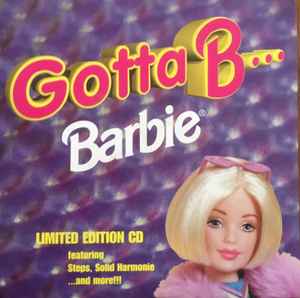 As you can tell, Barbie dabbled in a number of genres through the years. I didn’t even mention most of her international albums, including two albums of mostly covers in Norwegian, with more in French and so forth. I distinctly remember the first CD I owned being Gotta B…Barbie, a Barbie mix CD that was just composed of hits from 1998 (not covers). I also didn’t mention all of the musicians Mattel made through the years that Barbie could become friends with (but if you want a few examples: The Osmonds, Frank Sinatra, Elvis Presley, MC Hammer, Vitamin C, Brandi, Destiny’s Child, Hannah Montana) or some of her musically-inclined friends (such as the Generation Girls line which featured musician Chelsie and DJ Blaine).
As you can tell, Barbie dabbled in a number of genres through the years. I didn’t even mention most of her international albums, including two albums of mostly covers in Norwegian, with more in French and so forth. I distinctly remember the first CD I owned being Gotta B…Barbie, a Barbie mix CD that was just composed of hits from 1998 (not covers). I also didn’t mention all of the musicians Mattel made through the years that Barbie could become friends with (but if you want a few examples: The Osmonds, Frank Sinatra, Elvis Presley, MC Hammer, Vitamin C, Brandi, Destiny’s Child, Hannah Montana) or some of her musically-inclined friends (such as the Generation Girls line which featured musician Chelsie and DJ Blaine).
After 64 years of music in the Barbie universe, today Barbie gets her first-ever live-action movie and soundtrack. Congratulations Barbie!
-Just Emma (JustEmma@CD929FM.com)
Thanks to Beauty Inside a Box on Youtube, whose video about Barbie pop stars made a lot of my research easier.
Written by: Emma Sedam
